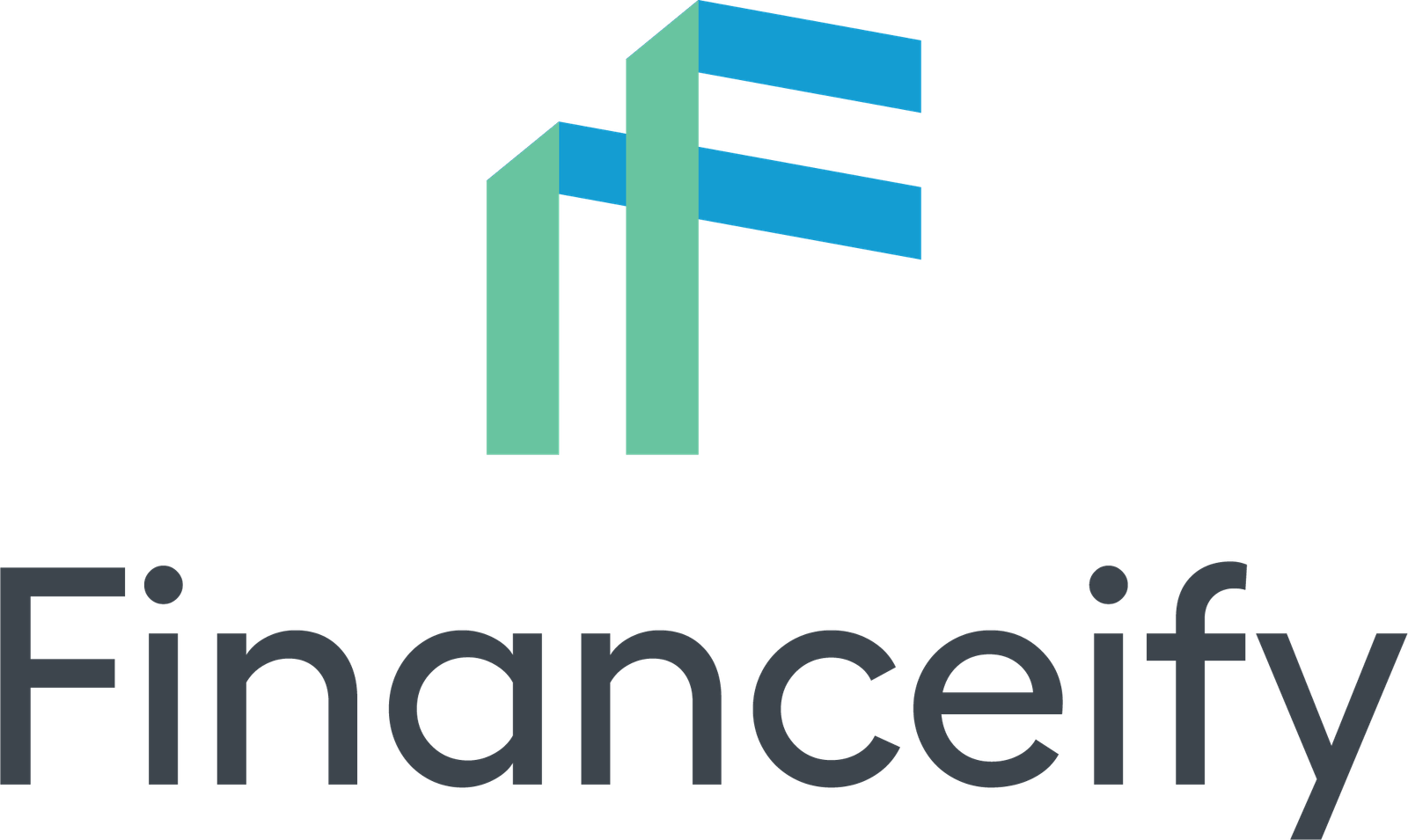As a Canadian approaching retirement, it’s time to start thinking about your sources of income once you resign!
Retirement income in Canada typically comes from a combination of personal savings, investments and government benefits. Let’s look at these resources to help you prepare for a financially secure retirement.
Investments as a source of retirement income
Diversifying your retirement income is key. Here are some investment options:
- Registered Retirement Income Fund (RRIF): Turns your RRSP into a source of income. You must close your RRSP before age 71 by contributing the funds to an RRIF. The money is tax-free within a RRIF, but minimum withdrawals are required each year and are taxable.
- Tax-Free Savings Account (TFSA): Provides flexibility when it comes to saving for retirement. Contributions are made from after-tax income and withdrawals are tax-free.
- Annuities: Contracts with life insurance companies providing a guaranteed income for a specified period of time or for life. They provide stability, but limit access to invested capital in the event of death.
- Investments outside registered plans: includes GICs, bonds and dividend-paying stocks. These investments are taxable but can provide regular income.
Retirement income from government benefits
Government programs make up a significant portion of retirement income:
- Canada Pension Plan/Quebec Pension Plan (CPP/QPP): Provides monthly payments based on your contributions over your working years. Payments can start as early as age 60, but are reduced if taken before age 65. Payments increase if deferred up to 70 years.
- Old Age Security (OAS): Monthly benefit for Canadians over the age of 65, based on residence and income level. Save and win.
- Guaranteed Income Supplement (GIS): Additional support for low-income seniors, complementing OAS payments.
Other considerations for managing retirement income
In addition to investments and government benefits, consider the following strategies:
- Income distribution: Share up to half of your retirement income with your spouse or partner to reduce taxes.
- Use of equity capital: Selling your home or taking out a secured loan can free up funds for retirement. Options include downsizing or a reverse mortgage, but these come with risks and costs.
Retirement income strategy examples
To illustrate how you can combine different sources of retirement income, let’s look at some hypothetical scenarios:
Example 1: Diversifying with RRIFs and TFSAs
Scenario: John, 72, recently converted his RRSP into an RRIF. He also has a TFSA, which he has participated in for several years.
- RRIF: John takes the minimum required amount from his RRIF every year. This withdrawal is taxed as income, but because John is in a lower tax bracket in retirement, his tax burden is manageable.
- TFSA: Supplements your RRIF income with tax-free TFSA withdrawals, which you use for unexpected expenses and recreational activities.
Example 2: Combining CPP with annuity income
Scenario: Sarah, 65, decides to start receiving CPP benefits and also purchases an annuity with part of her savings.
- CPP: Sarah receives monthly CPP payments based on contributions made over her years of service. This forms the basis of her retirement income.
- Pension: For a lump sum, she buys an annuity that provides her with a guaranteed monthly income for life. This provides her with financial stability and peace of mind.
Example 3: Use of OAS and investment income
Scenario: Mark, 67, lives on OAS benefits and income from an unregistered investment portfolio.
- OAS: Mark receives OAS which supplements his income modestly. The amount is determined based on his years of residence in Canada.
- Investment portfolio: He has a combination of GICs and dividend-paying stocks that give him regular interest and dividend income. This income is taxable, but Mark manages his investments to keep his tax liability low.
Example 4: GIS for additional support
Scenario: Linda, 66, is on a modest income and qualifies for GIS in addition to OAS.
- OAS and GIS: Linda receives an OAS benefit and an additional GIS payment, which increases her monthly income and allows her to cover basic living expenses.
- odd job: She also works part-time, which provides additional income without significantly impacting her GIS eligibility.
Conclusion
Preparing for retirement in Canada involves a combination of personal savings, investment income and government benefits. Understanding each element and how they fit into your overall retirement plan is crucial. Consider diversifying your income sources and stay up to date on different options and strategies for a comfortable and financially stable retirement.


